Scientists Use High Powered X-rays to Explore a Juvenile Heterodontosaurus
The European Synchrotron Radiation Facility (ESRF), located in Grenoble (France), had a very important visitor this week as an exceptionally well-preserved skeleton of a 200-million-year-old dinosaur was analysed using the high-energy, super strong X-rays of the synchrotron to peer inside the fossil’s rocky matrix. The subsequent images revealed the fossil in almost perfect three-dimensions, providing palaeontologists with new information on Heterodontosaurus.
The Blocks of Fossil Material (Heterodontosaurus tucki)
Picture credit: ESRF/P. Jayet
Heterodontosaurus tucki
Heterodontosaurus was a small, plant-eating dinosaur that roamed the very Early Jurassic of South Africa. Named and described in 1962, the dinosaur’s name means “differently-toothed lizard”, a reference to the different types of teeth found in the jaws of this one metre long reptile. Typical Heterodontosaurus tooth pattern consists of three pairs of short, but sharp teeth located in the front of the upper jaw. The rearmost is much larger and proceeds a very large canine tooth located in the lower jaw. The teeth at the back of the jaws are closely packed and blocky in shape indicating that these teeth evolved to help this animal chew tough vegetation.
Scientists have long debated what this animal ate. Most palaeontologists believe that the fast-running Heterodontosaurus was vegetarian, however, omnivory cannot be ruled out. Perhaps microscopic analysis of the tooth surfaces in conjunction with an exploration of the body cavity in this exceptionally well-preserved specimen might provide some clues.
An Illustration of Heterodontosaurus (Early Jurassic Ornithopod)
Picture credit: Natural History Museum
A Week to Investigate
The fossil was discovered in South Africa’s Eastern Cape province by palaeontologist Billy de Klerk. It was found eroding out of extremely hard bedrock that formed part of a river bed on Hannie van Heerden’s farm. With the help of a crew from the Albany Museum in Grahamstown, Billy de Klerk and John Hepple, (Rhodes University Geology Department), were able to extract the blocks that comprised the skeleton.
Initial analysis identified the fossil as a Heterodontosaurus, the skeleton proved too difficult to study whilst still in its matrix and attempts to remove the bones entombed within the rock would have caused extensive damage. Thankfully, the team of researchers from the Evolutionary Studies Institute (ESI), at the world famous University of Witwatersrand were able to turn to the ESRF for help. Professor Jonah Choiniere (University of Witwatersrand), who supervised the study, explained that the high-energy, high brilliance, X-rays generated by the synchrotron could be used to peer inside the rock and to help produce a three-dimensional image of the fossils.
For models and replicas of Jurassic dinosaurs and other prehistoric creatures: CollectA Prehistoric Life Models.
This non-invasive technique would not harm the fossil in anyway and it would allow computer generated images to reconstruct the anatomy of Heterodontosaurus in great detail. The week-long investigation commenced on the 21st July and the scans were complete by the 26th, generating copious amounts of data for the scientists to study.
The Skull of the Heterodontosaurus
Picture credit: Billy de Klerk
The European Synchrotron Radiation Facility (ESRF)
Over the last twenty years or so, the ESRF has been utilised by palaeontologists on a number of projects to help interpret the fossil record.
To read a 2014 article written by Everything Dinosaur on ESRF research into whether or not Archaeopteryx could fly: Could Archaeopteryx lithographica fly?
Professor Choiniere and Dr Vincent Fernandez Prepare the Skull for “Beamline” Analysis
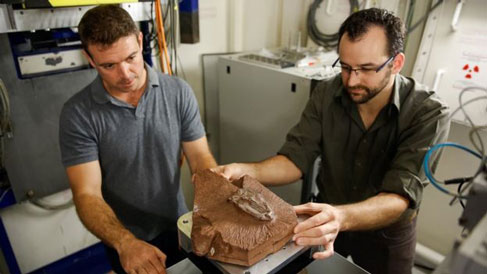
Jonah Choiniere (left) and Vincent Fernandez set up the skull on one of the ESRF’s “beamlines” for scanning.
Picture credit: ESRF/P. Jayet
Professor Choiniere commented:
“There’s still a lot we don’t know about early plant-eating dinosaurs and we need new specimens like this one and new technology like the synchrotron to fill in those gaps”.
A Juvenile Heterodontosaurus
One of the first things the team were able to confirm was that the specimen represented a sub-adult.
Working with Dr Vincent Fernandez (ESRF), skull scans showed that the bones were not strongly sutured together. This confirms the scientist’s suspicions that the animal was not fully grown when it died. In addition, the first scans revealed the openings in the skull which house the balance organs. An analysis of these structures will help the team to work out how this dinosaur held its head and how good at running it was.
Delighted with the Heterodontosaurus Results
Commented on the success of the collaborative research with ESRF, Billy de Klerk explained how he and the rest of the team were delighted with the results. He emphasised that finding the specimen in the first place was very serendipitous, its location in the riverbed would have made it very vulnerable to erosion by the action of the river.
The Location of the Fossil Find
Picture credit: ESRF/P. Jayet
Billy de Klerk explained:
“A few more years on the stream bed and the specimen might have been washed away. We just happened to be at the right place at the right time.”
Images Generated Shed New Light on Dinosaur Anatomy
Picture credit: ESRF/P. Jayet
Master’s student at Witwatersrand University and member of the scientific team, Kathleen Dollman, hopes to apply synchrotron technology in her bid to understand the evolution of crocodilians.
She stated:
“X-ray computed tomography (CT) methods have revolutionised palaeontology and we can use these methods to understand so much more about the biology of these extinct animals.”
Learning More About Early Jurassic Dinosaurs
When it comes to understanding more about Early Jurassic plant-eating dinosaurs such as Heterodontosaurus, the collaboration with the ESRF is producing a tremendous amount of data. For example, according to Kathleen Dollman, the data from the Heterodontosaurus study amounts to 1 terabyte (sixty piles of stacked paper as tall as the Eiffel tower). That’s an awful lot of “dino data” to process, as the diagram below illustrates.
An Illustration of the Size of the Data from the Heterodontosaurus Study
Picture credit: Everything Dinosaur
Everything Dinosaur acknowledges the European Synchrotron Radiation Facility for their help in the compiling of this article.
Visit Everything Dinosaur’s website: Everything Dinosaur.


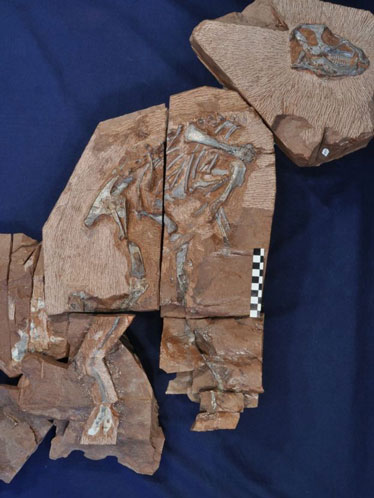
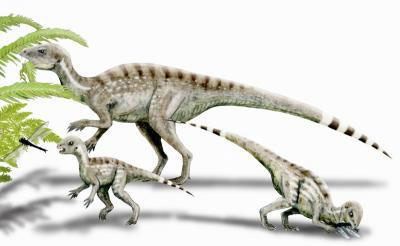
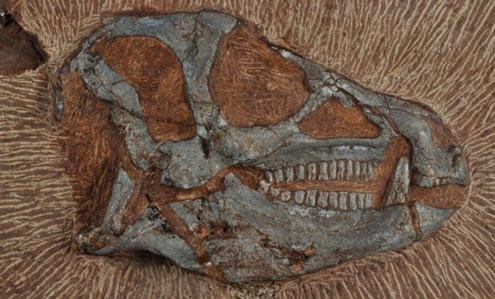
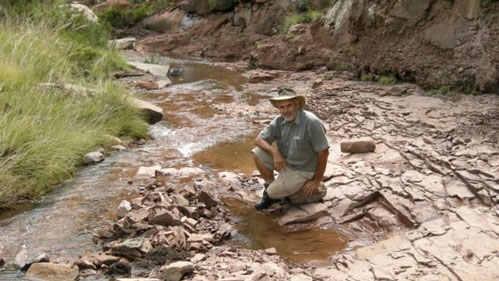
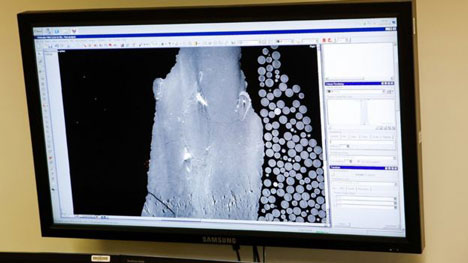
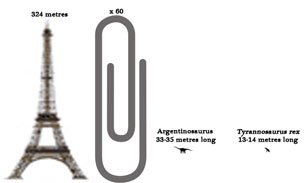




Leave A Comment